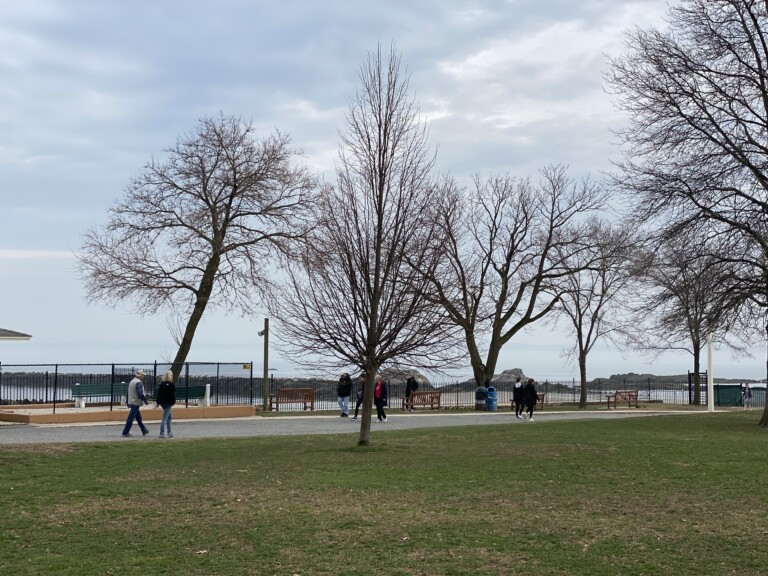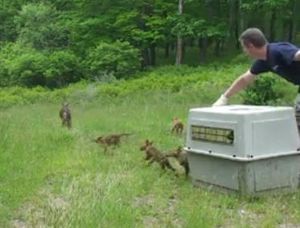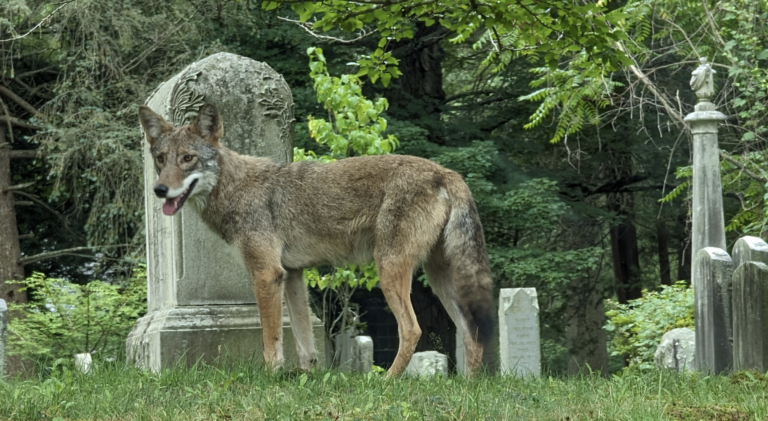Going Native: Gardening with Plan it Wild’s David Baker
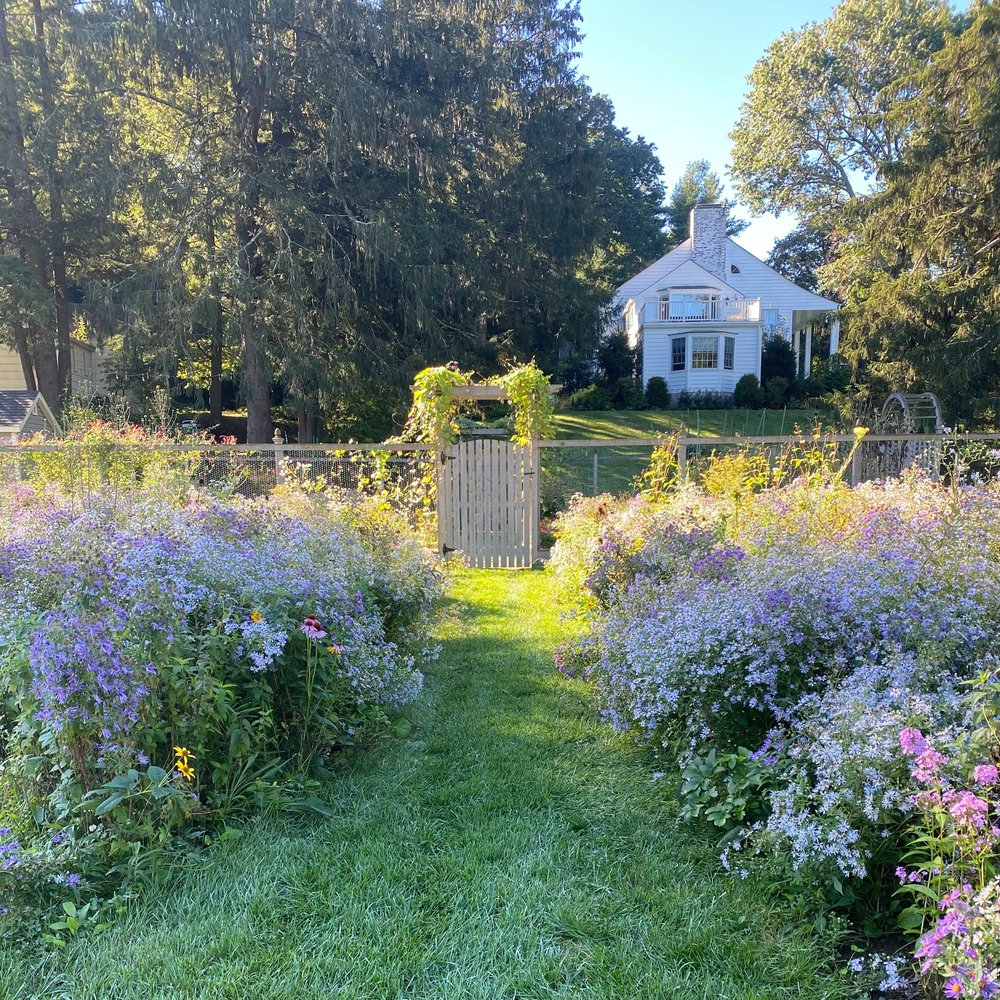
Going Native is a new garden series highlighting the contribution of native plants to building resilient landscapes. In this series, MyRye.com will introduce you to native plant experts that will tell you ways to get started with a small garden patch, a complete property or just a few garden containers.
Today, please meet David Baker, Co-Founder & Chief of Operations of Plan it Wild.
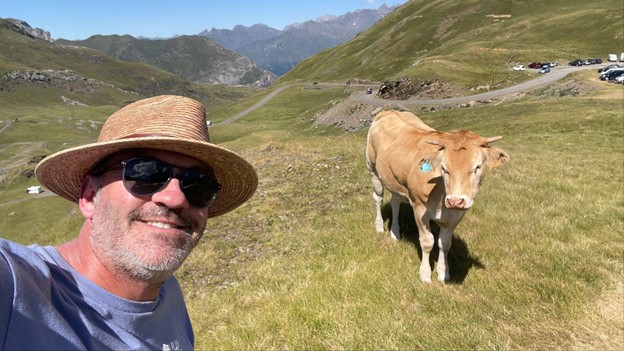
Your name: David Baker
Your company and role: Plan it Wild, Co-Founder & Chief of Operations
MyRye.com: Explain your professional training and education with respect to native plants and ecology.
Baker: BLA in Landscape Architecture from SUNY School of Environmental Science and Forestry, a decade managing capital projects in Central Park, 5 years running a small design build shop called Green Suite Design, & 5 years running operations at Plan it Wild.
Why do you work primarily with native plants?
Baker: Native plants are adapted to the conditions of our region and therefore are more resilient and sustainable than horticulture plants. This is critical in climate change with so many disturbances to the landscape. They require less maintenance and no pesticides and herbicides to sustain them. They restore biodiversity by being natural food and shelter for native pollinators and wildlife, who have adapted to these plants historically.

What are some of the benefits of native plants?
Baker: Native trees and shrubs capture carbon from the air. They provide food to a vast native network of animals, including insects, birds, and mammals. They capture stormwater in their roots and keep it from flooding our local waterways and homes; they prevent soil erosion. They cool the atmosphere, save on energy costs, and filter pollutants in the air.
What are invasive and non-native plants?
Baker: Non-native plants originate from countries or ecosystems that are outside of a given region and they don’t confer the same ecosystem benefits as a native plant but they can be integrated into a new habitat. Invasive plants come from other areas of the world and because of a lack of local predation, out-compete native plants, take over ecosystems, decreasing biodiversity, and undermining local habitats.
What is a straight native versus a cultivar?
Baker: Eco-typical plants are propagated from seed collected within a region. A cultivated native plant’s provenance could be from anywhere and not representative of local genetic diversity.
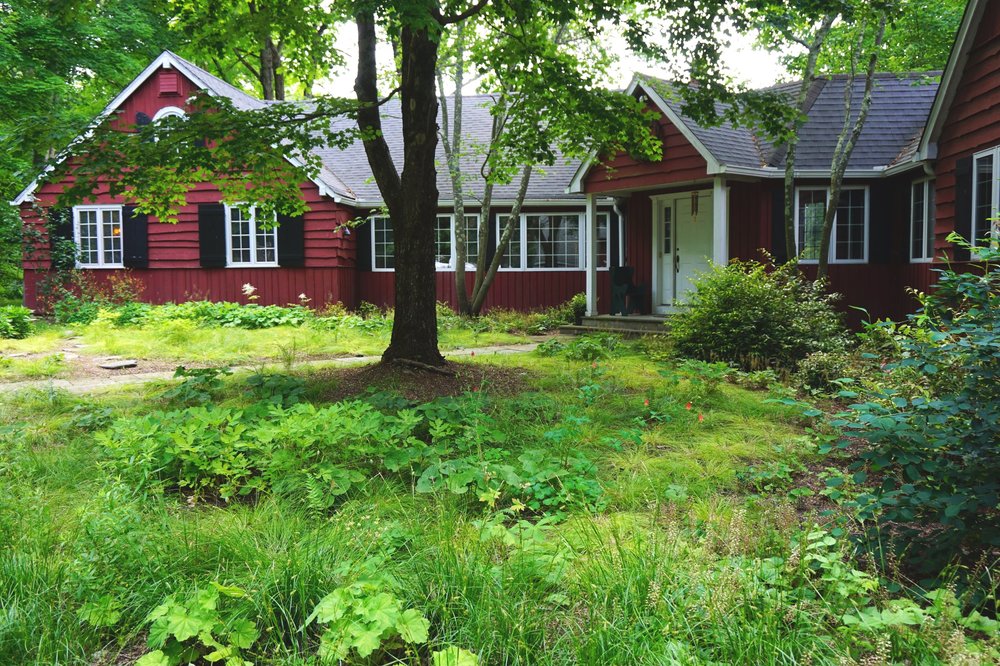
Explain four or five of the most common invasive plants in the Rye landscape, and some good native substitutes?
Baker:
| Common Invasive | Native Substitute(s) |
| Liriope | Carex Cherokeensis |
| Barberry | Anything |
| Lawn grass | Carex or Clover |
| Prunus | Holly |
| Arborvitae | Holly, Hemlock, White Pine |
Privacy screening with plants is important to many homeowners in Rye – what are good native species to consider for screening projects?
Baker: White Pine, Hemlocks, Inkberry, Switchgrass
What are good resources for people to learn more about natives?
Baker: LessLawnMoreLife.com

What are three good local nurseries that specialize and / or have expertise in native plants?
Baker:
Tell us about some of your native plant projects in Rye or elsewhere in Westchester County.
Baker:
- Rewilding on GMA -PiW was recently featured on Good Morning America on two meadow projects we have been involved with over the past 5 years.
- Ecological Restoration in North Salem – property wide transformation from non native to natives
- Client has updated the existing house to be 100% electric and renovated the entire landscape to have 100% native gardens and forest restoration on a 4 acre property adjacent to a large reservoir.
- Pollinator gardens and Microforests PiW installed at Con Edison main HQ in Rye, NY
- Replaced lawn with a variety of native gardens, edible grasslands, pollinator and microforests. We are measuring the impact on biodiversity and creating reports for Con Edison’s internal biodiversity mandates
- Micro Forests (aka Miyawaki forests) in Bridgeport CT and Siwanoy Day School in Pelham Manor – will be installed this Fall of 2025
- This was a Federal Grant in partnership with Aspetuck Land Trust to build 17 small Micro forests on 8 school campuses to study and build awareness to the benefits & impacts a forest has on urban areas.
Tell us about your services:
How would your friends and family describe you in one word?
Baker: Native Planting Restoration specialist
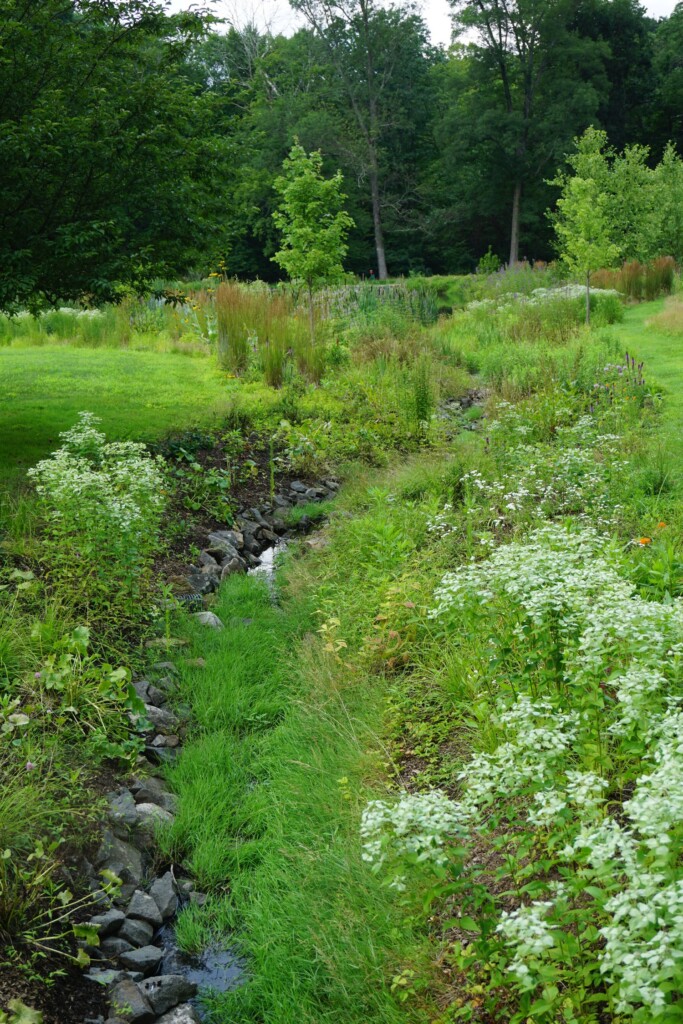
Summarize your career in five sentences or less.
Baker: I have been manipulating lands and ecosystems for the past 20 years and have learned so much. Nothing has been as satisfying working with native plants at Plan it Wild and seeing the moment grow and get the recognition it deserves. We all need to understand and appreciate the value of nature. Spend some time outside in the woods, you will learn a lot!
Do you work on residential, government and/or commercial projects?
Baker: Yes, all 3.
How many years have you worked with native plants?
Baker: 5 years
Which of the following services do you provide:
Baker:
| Service | Yes or No |
| Ecological assessment | Yes |
| Design with native plants | Yes |
| Installation of native plants | Yes |
| Invasive species management | Yes |
| Organic lawn service, including electric equipment | Yes |
| Organic shrub and tree care | No |
| Other – explain | We offer a biodiversity measurement tool – the WILDR rating system |
Tell us about you:
Where do you live?
Baker: Croton on Hudson NY
What do you do with your free time?
Baker: Family time hiking, biking, camping, and kayaking with Julian, Remy and my wonderful wife Joanna who is the CEO of Plan it Wild!
Thanks David!
Learn more:
Baker’s bio:
Dave Baker: Construction Manager, CEO, Co-Founder, COO — Has over 20 years experience in creating and managing landscapes and gardens including his work for the Central Park Conservancy, where he oversaw $100 million in capital projects, and later CEO of his private design & build firm called Green Suite Design, based out of Croton on Hudson. Finally, taking over as Co-Founder and COO for Plan it wild in 2020 where he oversees 700K-1MM in native planting installations.



